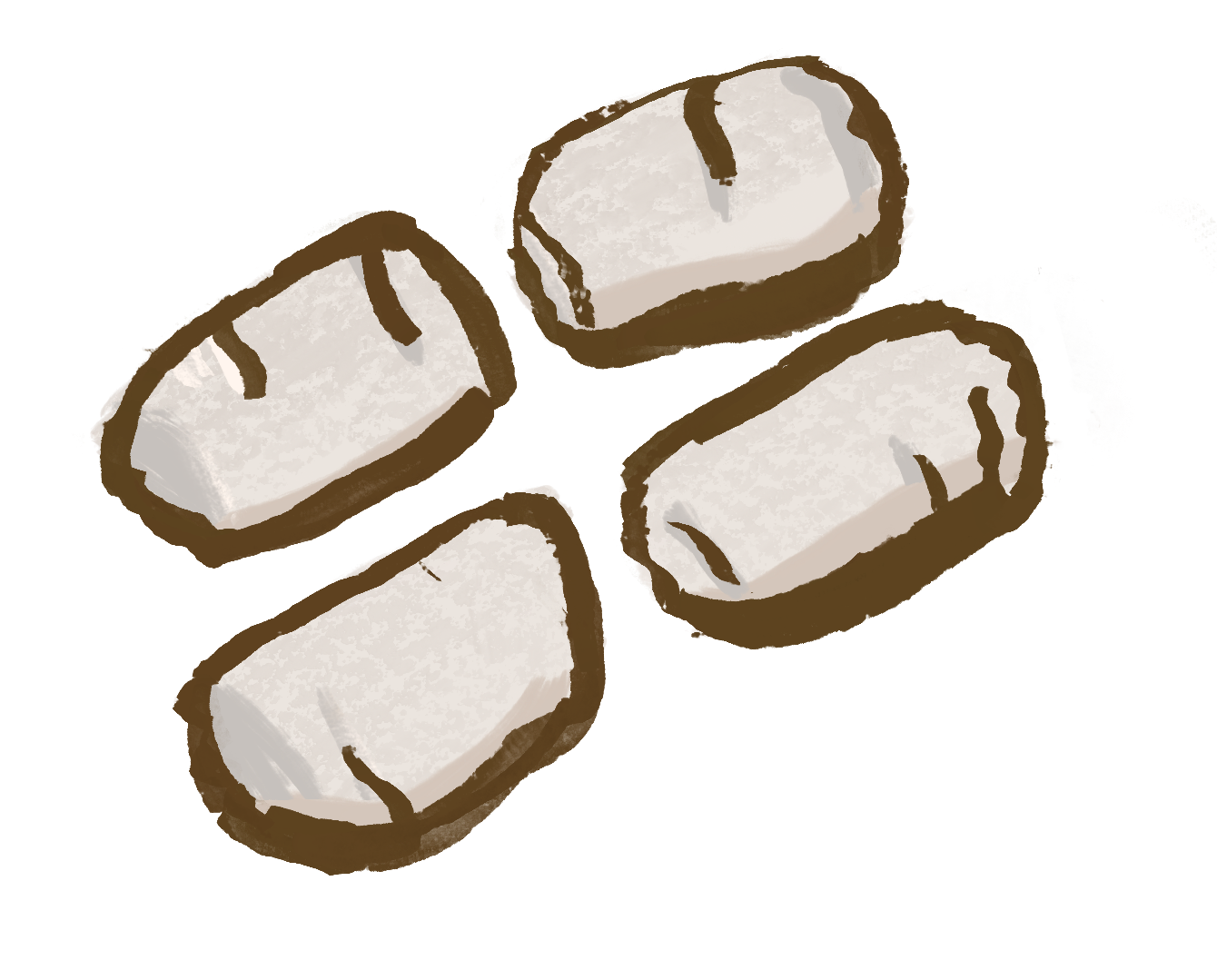Why is my dogs poo grey?

It is important to first distinguish if your dog’s poo is grey or white – if it is white, we have some handy information on that poo too, you can check it out here.


If you feed your pet a raw diet, it's common for their poo to turn white or light grey within 24 hours. This happens because raw food is highly digestible, allowing their body to absorb most nutrients and leaving less waste to pass. As a result, their poo is typically smaller, firmer, and nearly odourless. With minimal waste remaining, it naturally turns white or light grey over time.
Why is my Dog’s Poo Grey?
Grey dog poo most commonly means your pup is not digesting fat or that their diet has too much fat. A one-off grey poo is no need for concern, especially if you have snuck them some extra treats or they have eaten something with a higher fat content recently.2 Reoccurring or constant grey poo, especially with a greasy sheen to it can indicate it is time to change your dog’s diet to something with a lower fat content.
If you are looking to transition to raw feeding to help improve your pets' stools, check out this handy guide here. If you are already raw feeding or a Big Dog customer looking for low fat options, Kanga patties have a 5% fat content and all our Wellbeing have a 7.5% fat content. These are both great options to swap your dog over to, to get their poops back on track!
If you have noticed reoccurring grey dog poo, especially paired with weight loss, vomiting, diarrhoea, appetite, or energy changes, we would recommended chatting with your vet to rule out more serious issues.2
Internal Health Issues Associated with Grey Poo:
As food is digested and passed out of the stomach, bile is added from your dog’s liver to the digestive tract, through the gallbladder. Bile is a green coloured substance that is responsible for making your dog’s poo brown. If the liver is not producing bile or if your dog’s gallbladder is not able to move the bile into the digestive tract, your dog’s poo can turn white or light grey. Without bile production, your dog’s digestion becomes compromised, and it can cause a more serious health issue.1,3
Pancreatic Issues
Too much fat being present in your dog’s diet can cause a pancreatic issue, just like humans, your pet’s pancreas is responsible for producing insulin to regulate their blood sugar. This, along with the digestive enzymes the pancreas produces, help to digest food, and absorb nutrients. If your dog is having issues producing insulin or enzymes and cannot digest their food, especially due to it being too high in fat, you may start noticing grey, slimy, or lumpy poo. Chat with your vet and try switching their diet to see if this supports their digestion.3
Exocrine Pancreatic Insufficiency (EPI):
More commonly known as Maldigestion, EPI is another pancreatic issue where the pancreas is unable to produce enough enzymes to digest fat. EPI is typically caused by diseases like pancreatitis and some dog breeds are prone to this – German Shepard’s, Chow Chows, Collies, and Cavalier King Charles, so be extra mindful of these dogs. You may notice your dog having a large appetite but struggling to gain weight if they have EPI and it is best to have a chat with your vet regarding this.3,5
Healthy Dog Poo:
When monitoring your dog’s poo, you are looking for a light to dark brown colour, that’s firm in consistency and easy to pick up. Remember, this is what you are looking for from a fresh poo and that if your dog’s poo is turning grey after sitting in the sun or after 24 hours that is okay.4
If you are looking for a way to show any visitors, you are a crazy dog parent, we would recommend printing out our DooDooDiary and tracking your dogs poos so you know exactly when the changes are happening and can narrow down the cause. This helps you obtain as much information as possible if you need to head to the vet and can also help you monitor what food and other changes in their lifestyle are having the best response from your dog’s diet based on their poos.
To recap: A one off grey dog poo is typically no cause for concern, reoccurring grey poo can indicate a need to lower the fat in their diet and a chat with your vet to rule out any more serious digestive issues.
If your dog’s poo is any other colour of the rainbow, or they are giving you a real treat and you have noticed different consistencies and contents, check out our Dog Poo Chart below or learn more about what your dog's poo might be telling you here!

The information provided in this article is not meant to replace veterinary advice. Please chat to your vet if you're concerned about your pet's health.
Got a question for our team? Head over to our Contact page to submit an enquiry to friendly Customer Care team. If you're looking for advice from other Big Dog raw feeders, join our community Facebook group!
Sources:
1. McQuade, C (2023). Understanding Grey Dog Poop: Causes and Treatment. Retrieved 21 February 2024.
2. Gill, N et al (2022). Poo, Spew and Other Gross Things Animals Do! Retrieved 21 February 2024.
3. Weir, M et al (2023). Exocrine Pancreatic Insufficiency in Dogs. Retrieved 27 February 2024.
4. Gait, C (2021). Be a Turd Nerd: Study This Healthy Dog Poop Chart. Retrieved 27 February 2024.
5. Cridge, H (2023). Exocrine pancreatic insufficiency in dogs and cats. Retrieved 27 February 2024.
